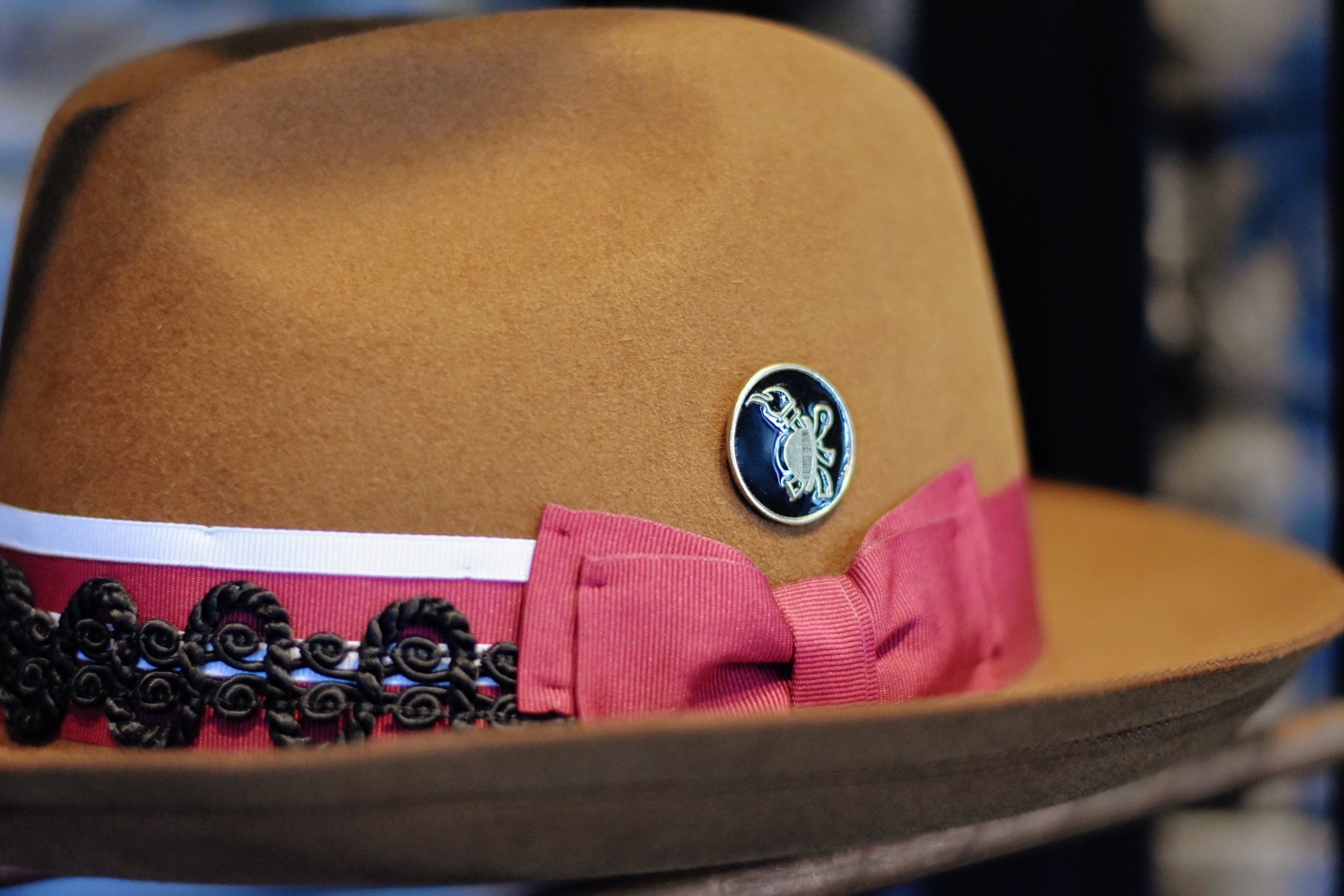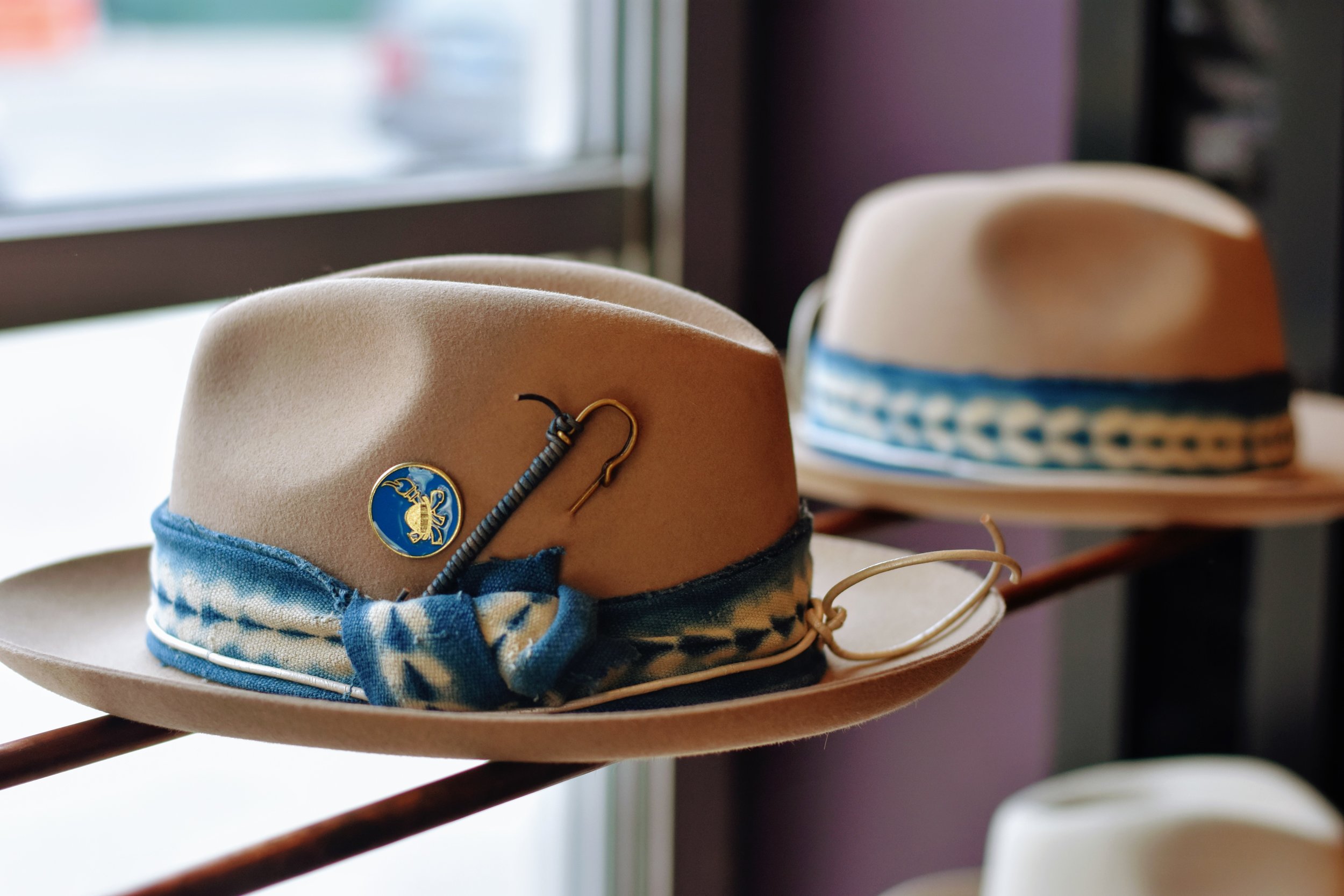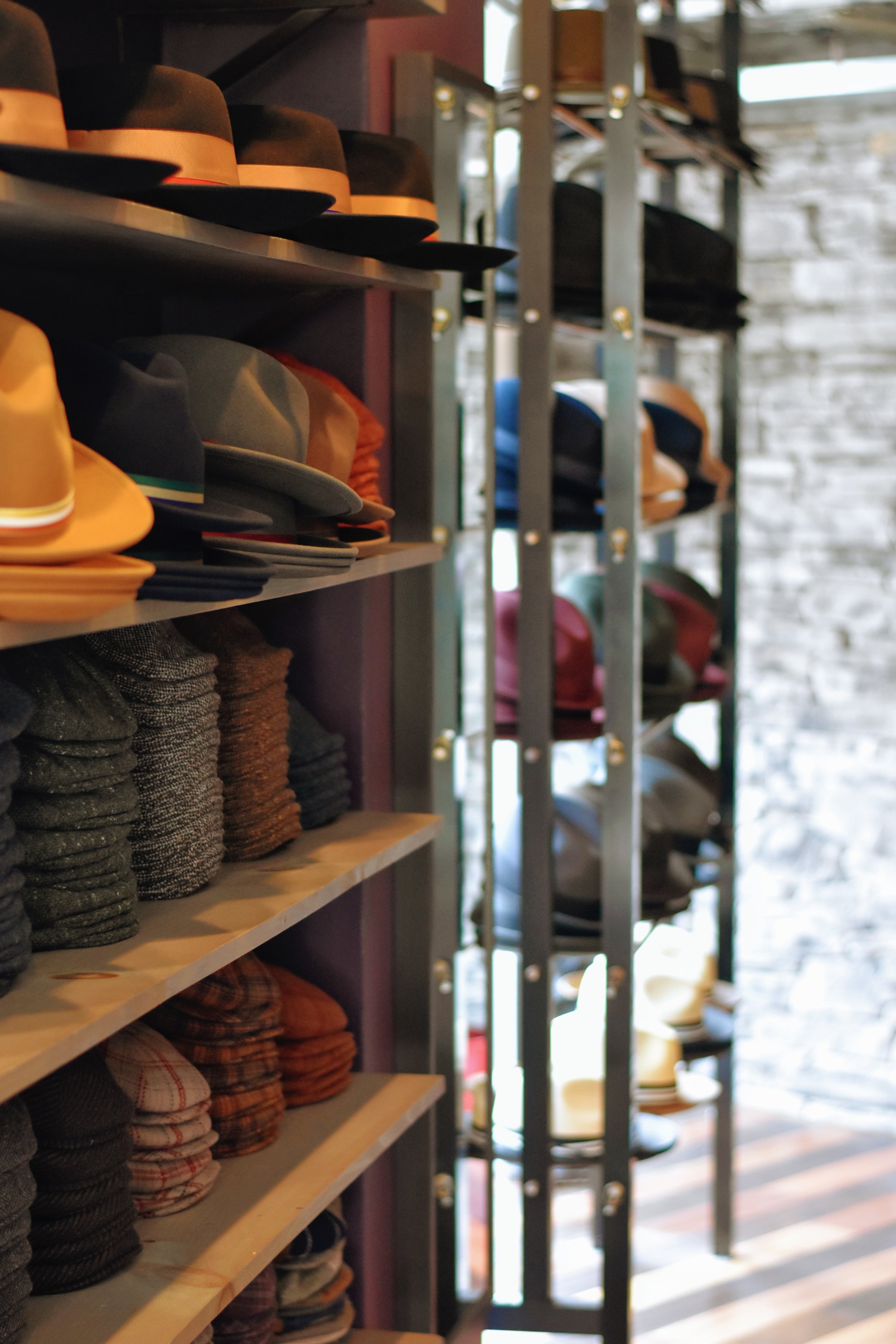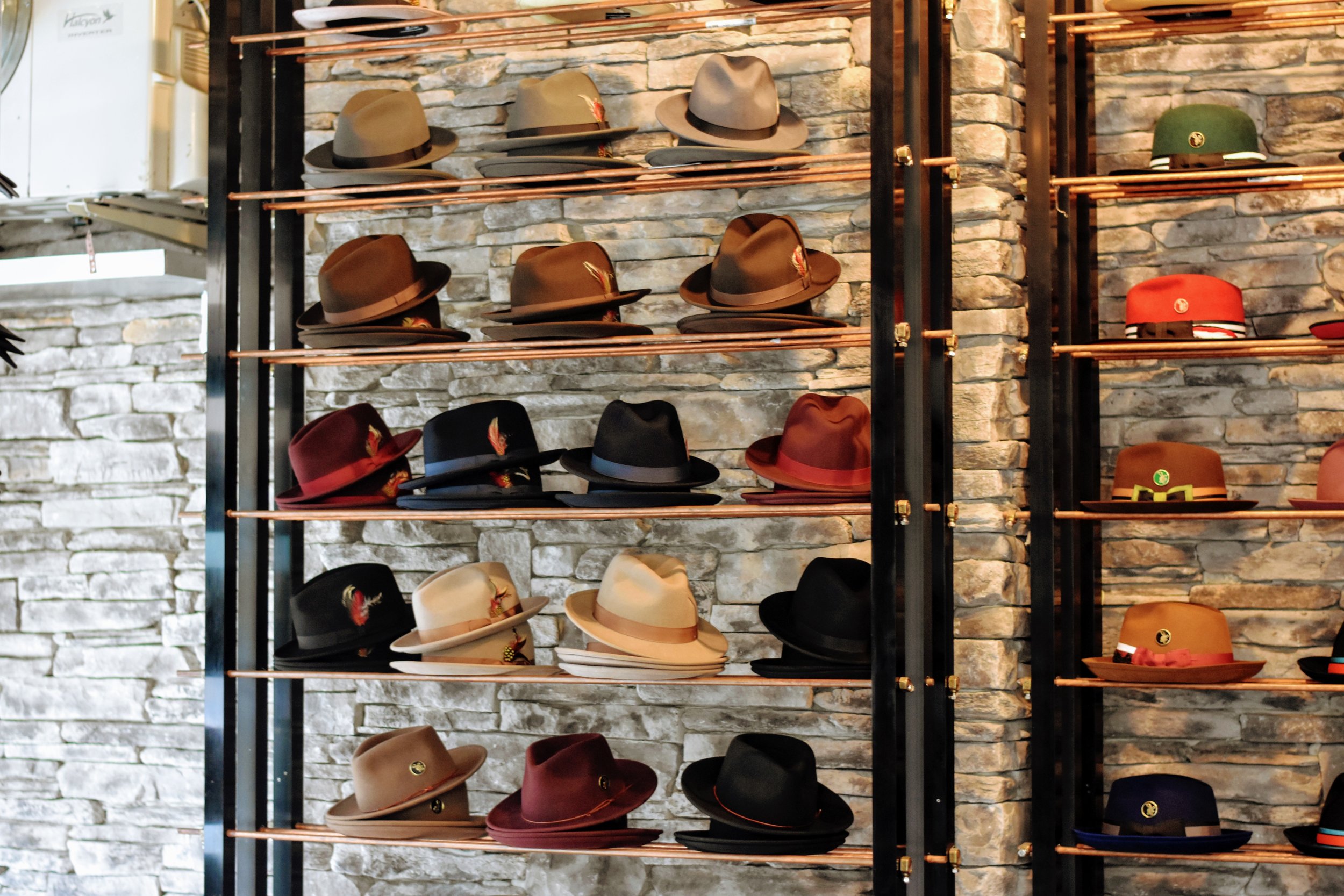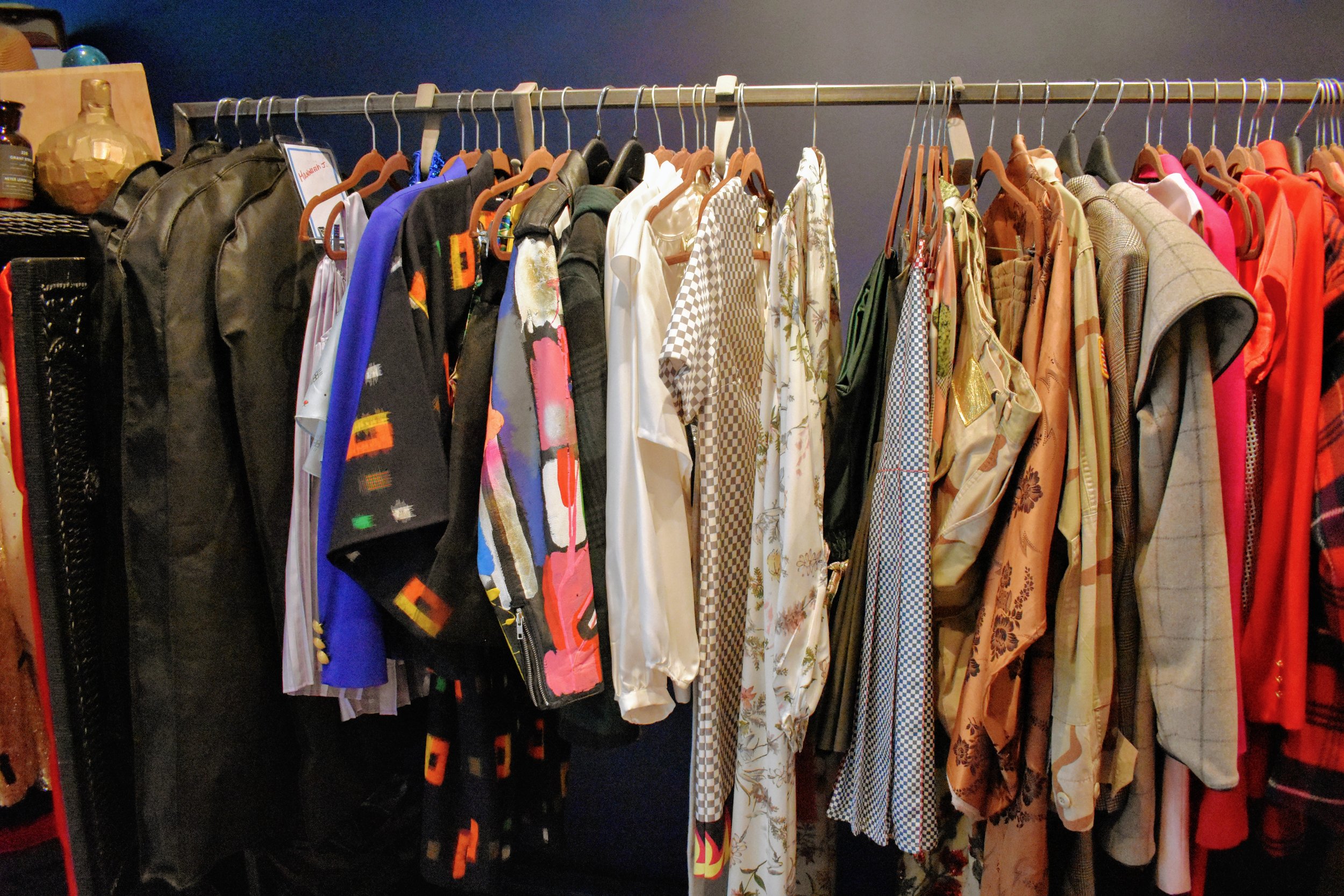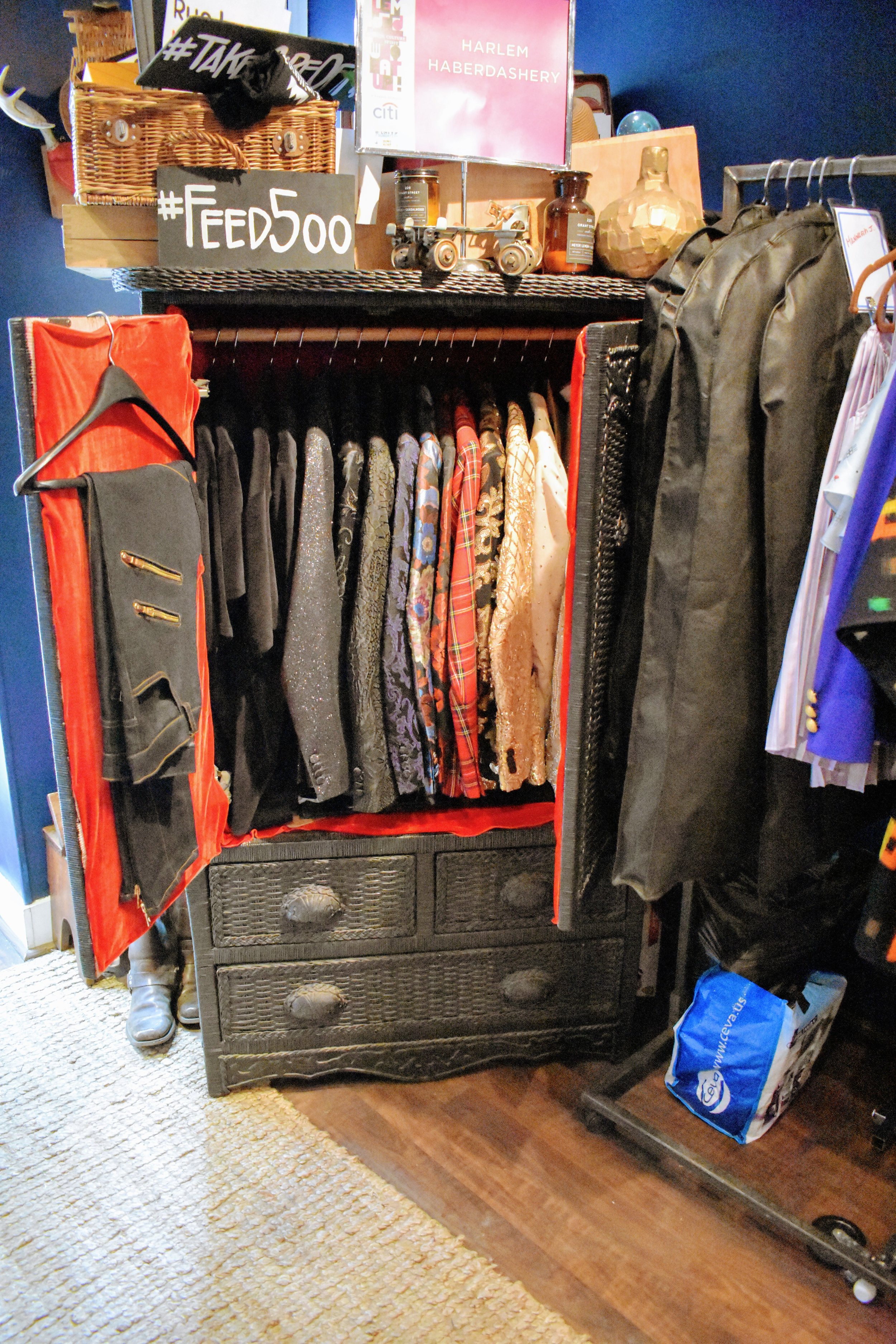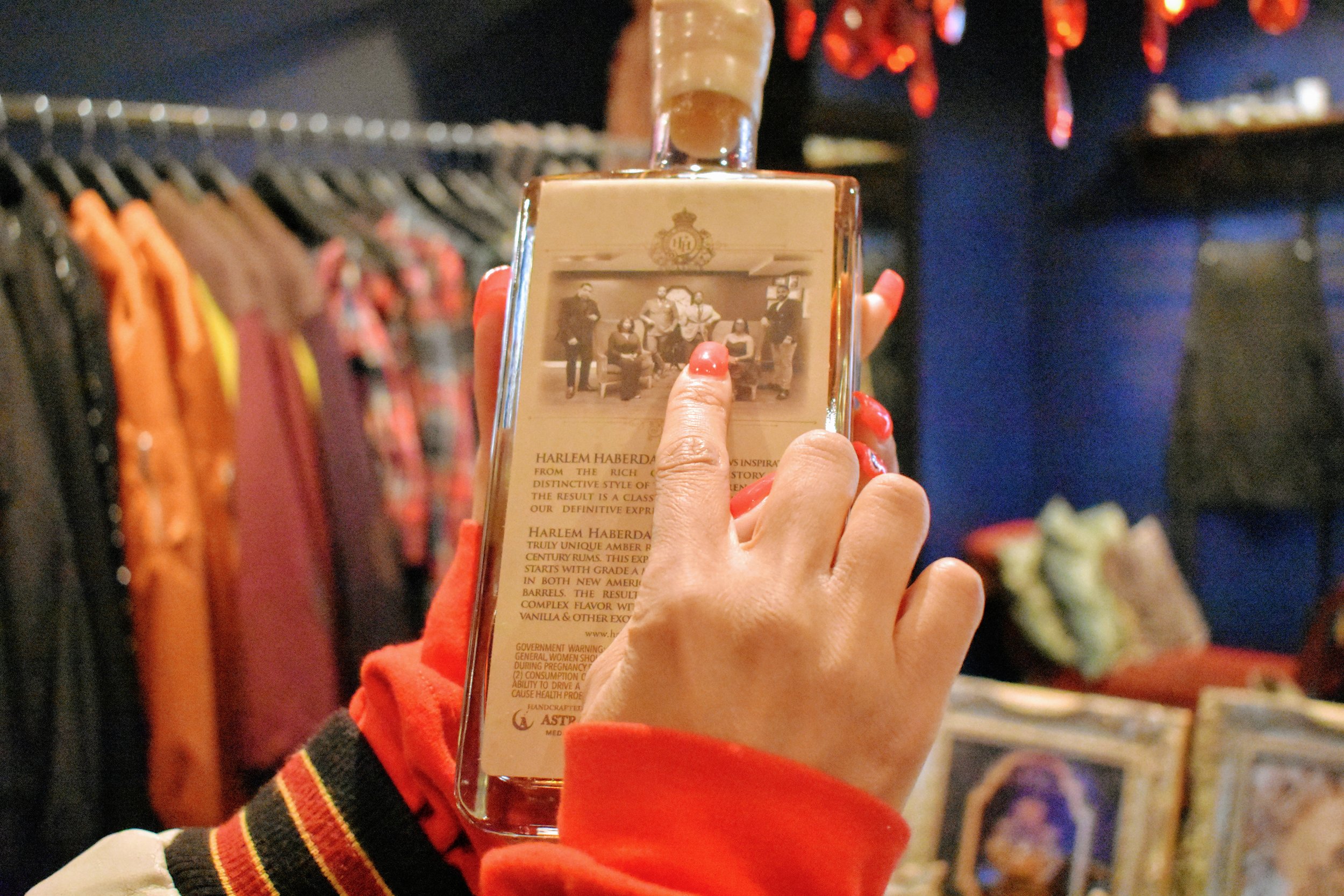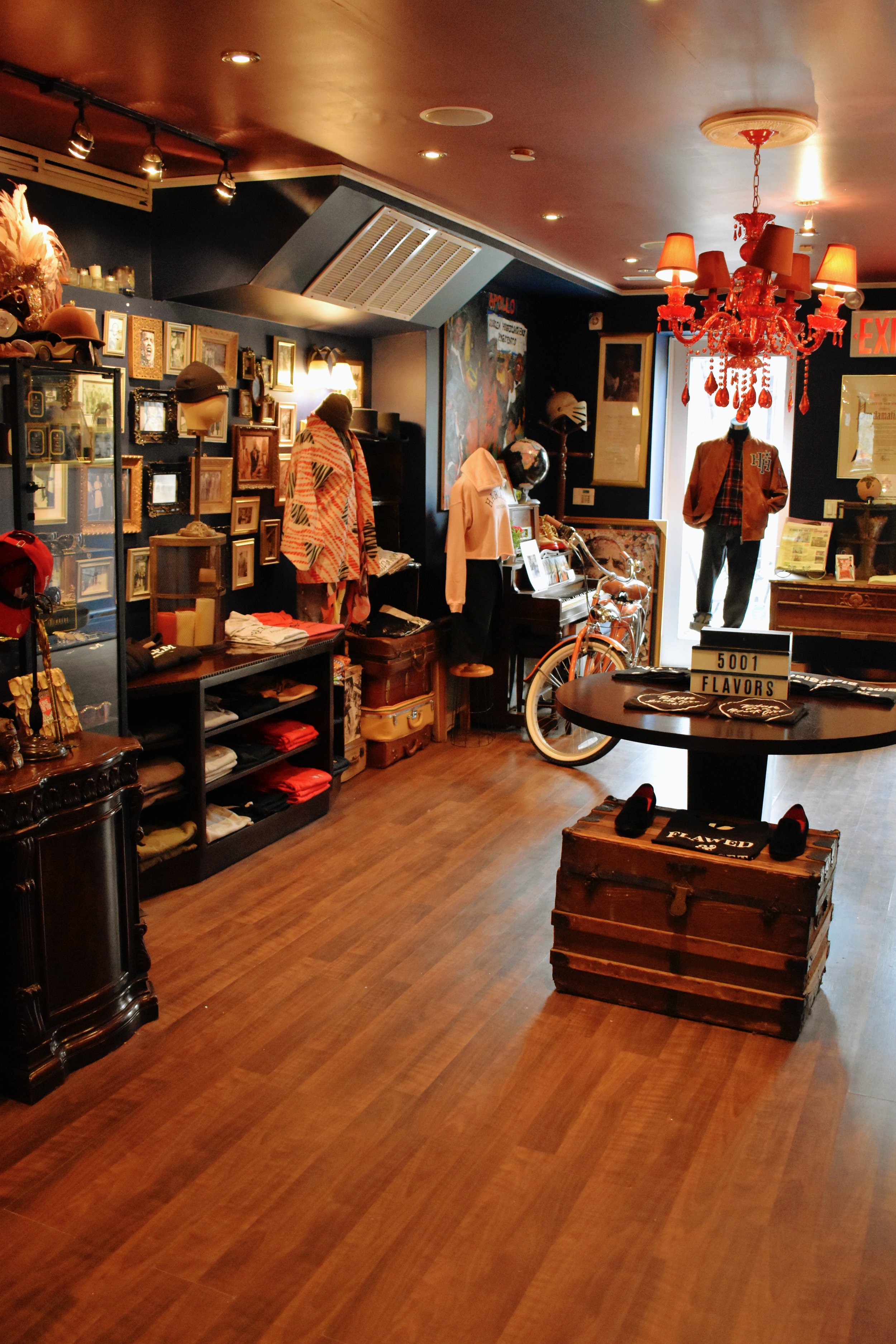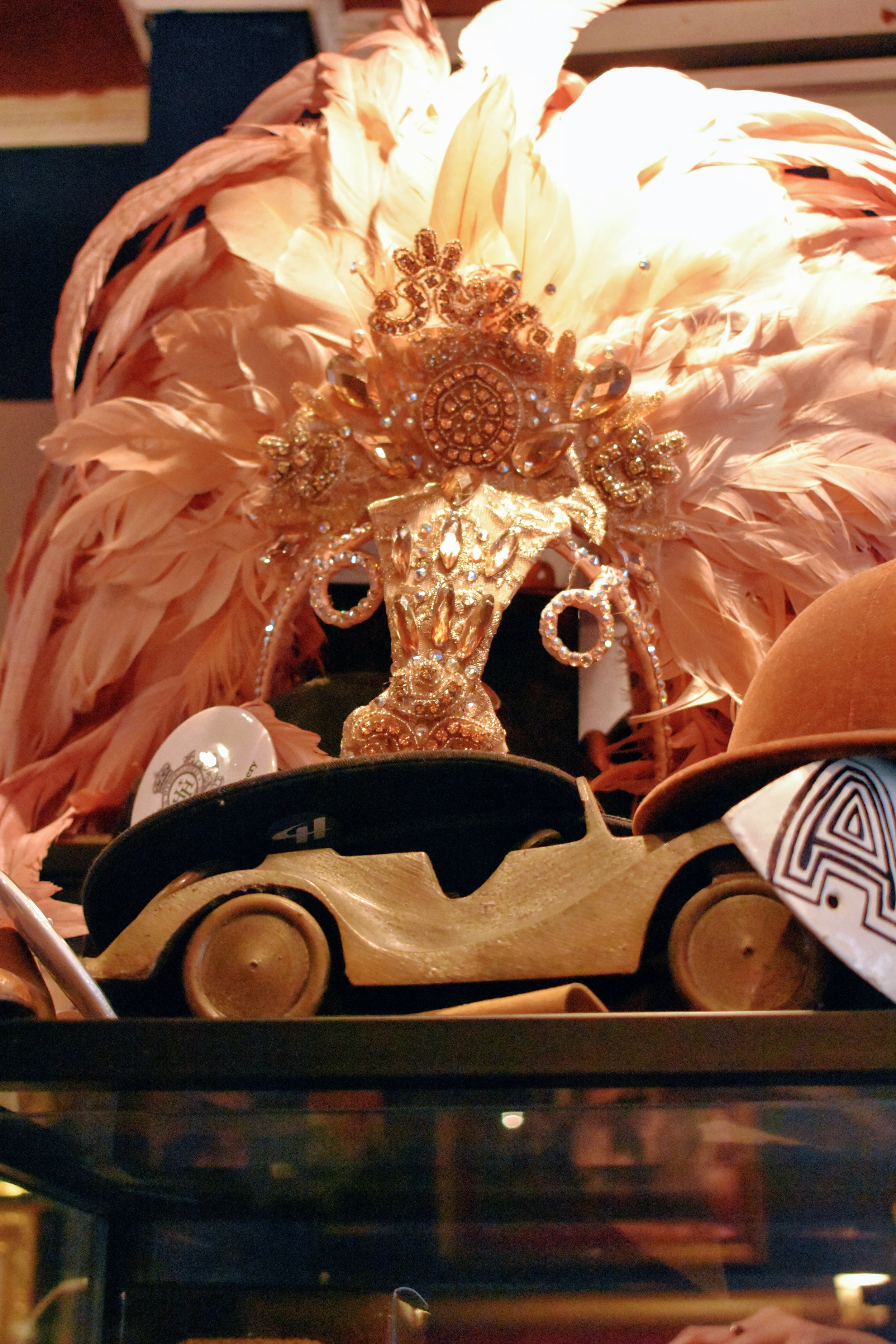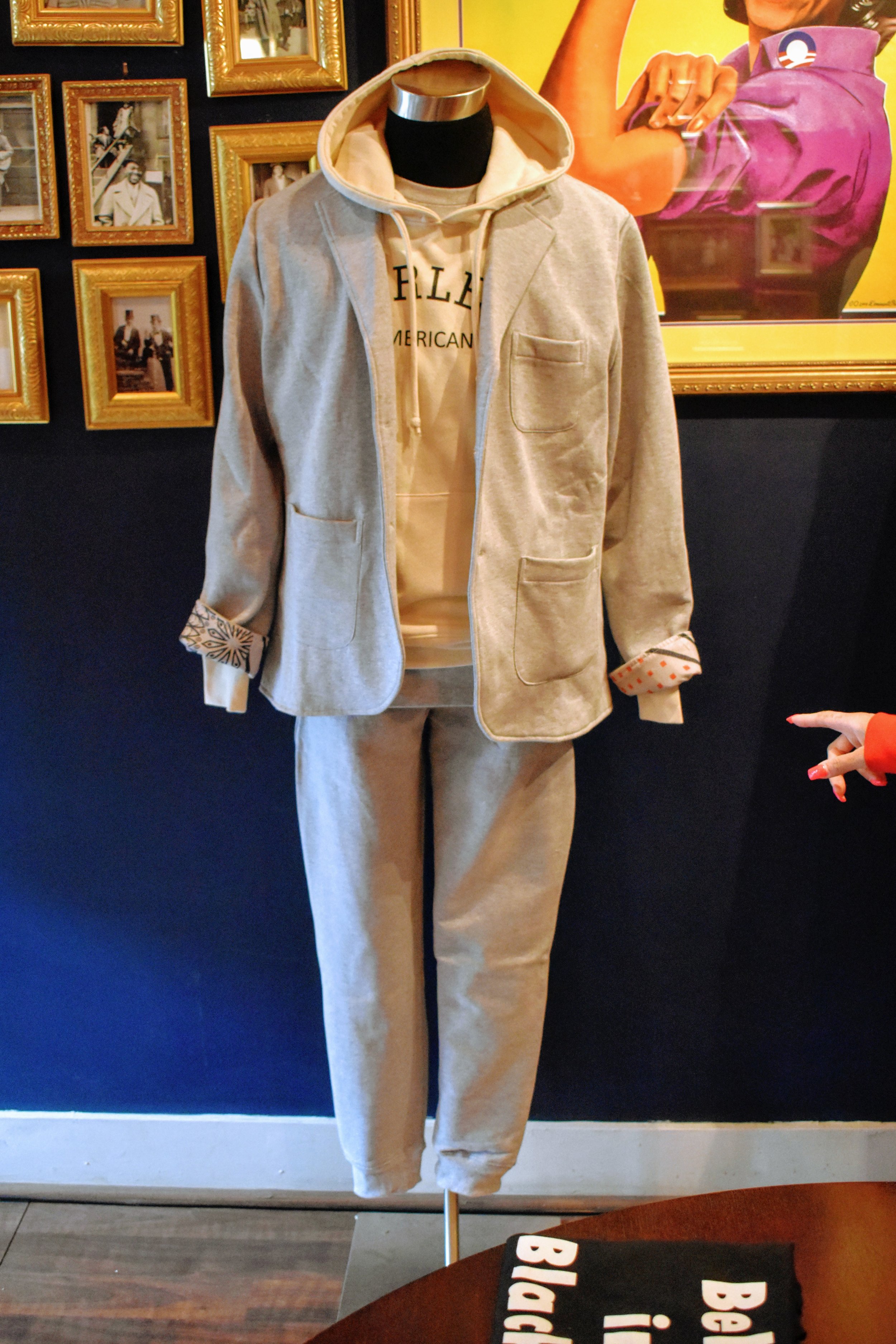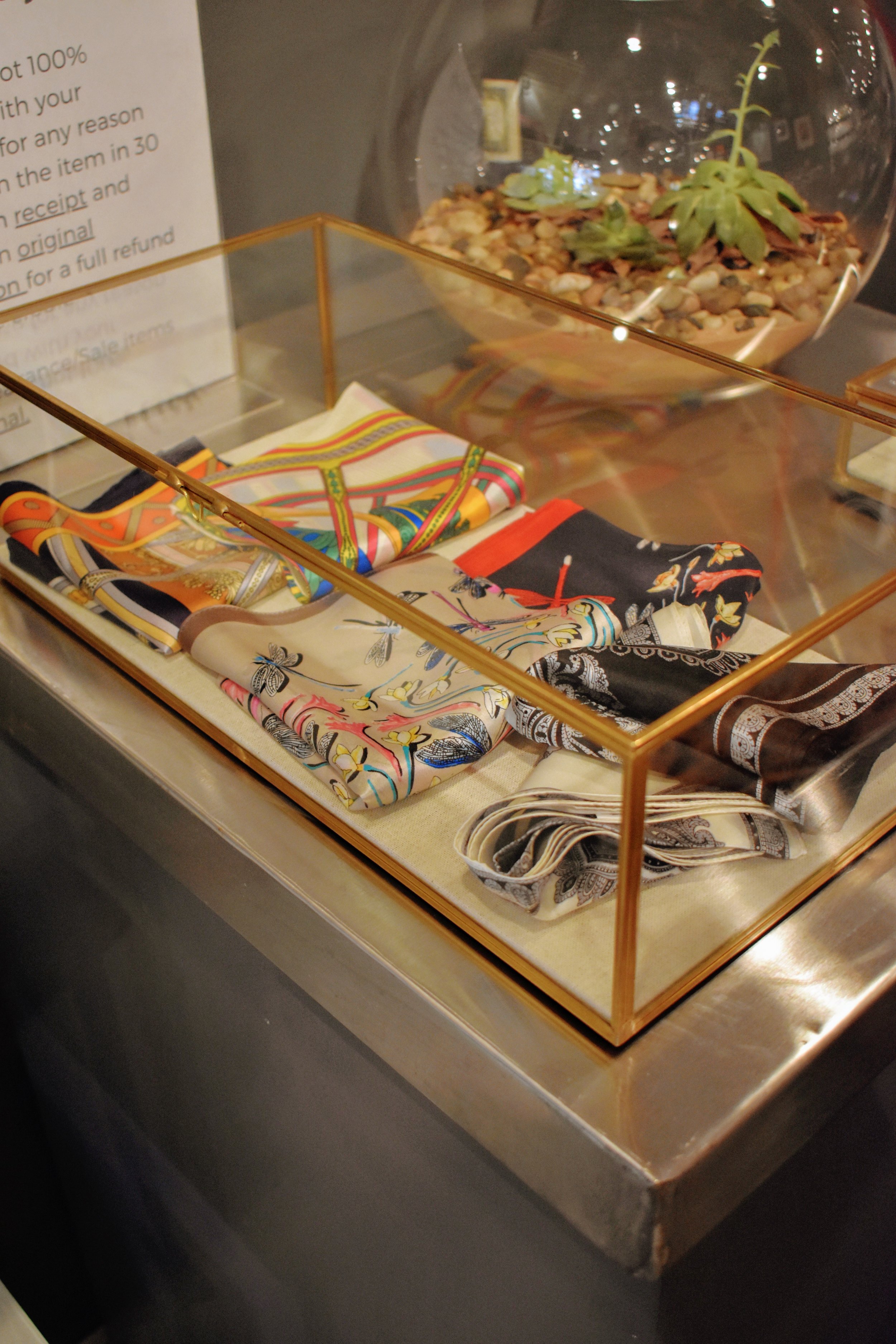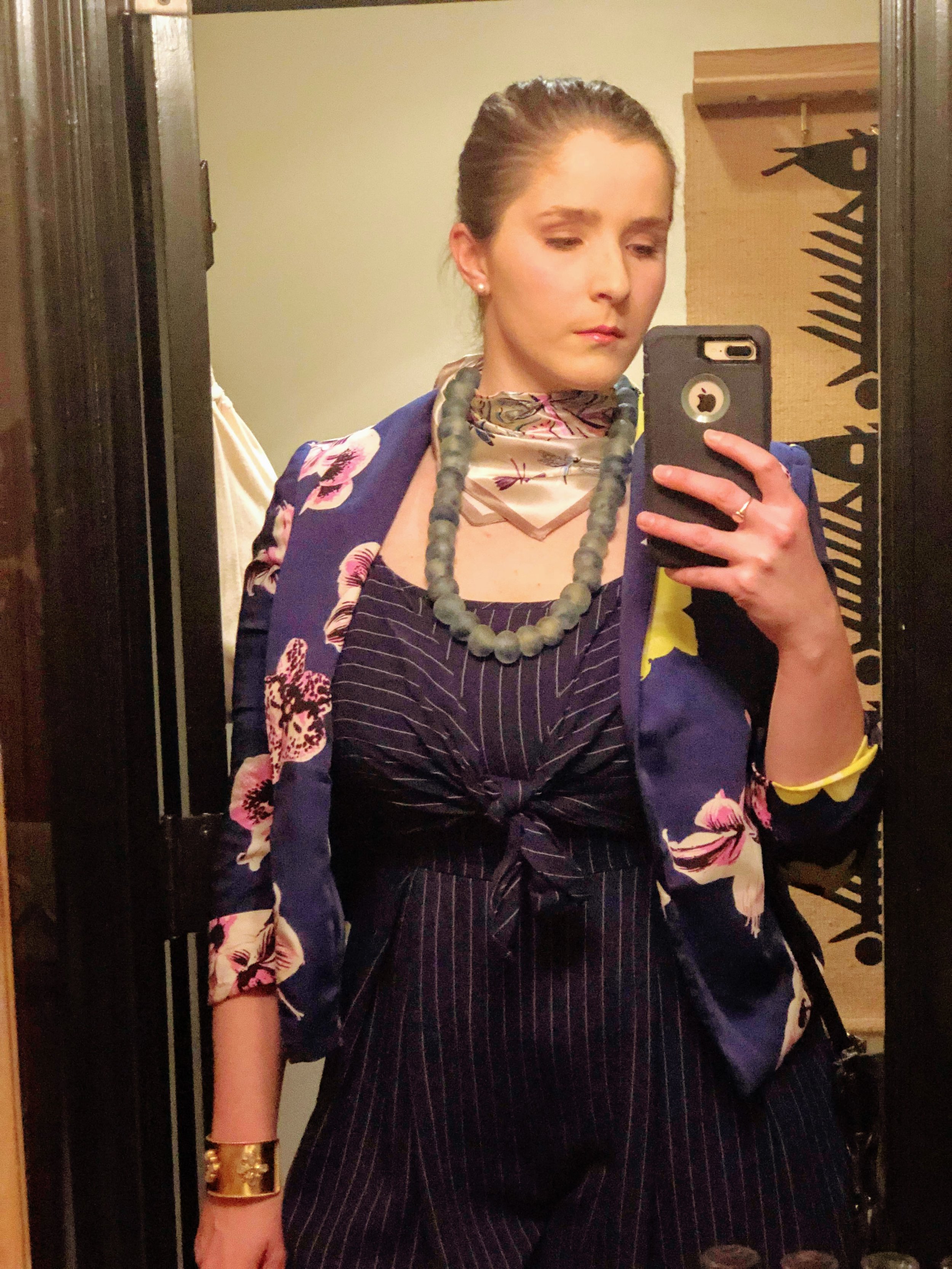The Harlem Culture Inspires One-Of-A-Kind Style
INSPIRATION NEEDED
The only sensible thing to do when you’re in living in Maine in April is to, well, leave. While I love Maine, it can be uninspiring during these dreary months that are fondly referred to as “mud season”.
I booked a trip to one of the most inspiring destinations in the world: New York City. All my woes turned to wonders.
Ahead of the trip, I signed up for an AirBnB experience I have always wanted to go on AND scheduled time with one of my oldest, best friends Katie to interview her for Seeking Inspirato.
Katie’s Seeking Inspirato interview is launching soon, but in the meantime I want share my beautiful experience in Harlem with the acclaimed Fashionologist, Mikaila.
THE GUIDE - INTRODUCING MIKAILA
Mikalia standing in Harlem. She is an inspiration.
Hotel Theresa (above) where Fidel Castro stayed once in the 1960s (source: nydailynews.com).
Mikaila, the host of the “Shop Harlem w/a Fashion Anthropologist” AirBnB experience tour, is a trained anthropologist and fashion designer.
We have absolutely NO interests in common.
^joke of the century.
Mikaila’s tour was one of the best style-related experiences I’ve ever had the opportunity to be apart of.
Harlem’s rich history was brought to life through Mikaila’s vibrant personality as we walked the neighborhood together.
The connection Mikaila has to Harlem is visible. It’s in the way she stops to hug friends on the street as she bumps into them, or in the way she stands next to historical buildings (like Hotel Theresa) and recounts their past.
This connection is also felt as you’re walking next to Mikaila. I meandered around one of the largest cities in the world as comfortably as I would’ve in the neighborhood where I grew up. I quickly found myself falling in love with the community of Harlem.
It’s no wonder I was inspired to tell you all about it.
HARLEM TIMELINE
The architecture in Harlem is stunning. Many of the buildings are protected thanks to the historical society.
The concept of being a distinct self is deeply woven into Harlem’s history; where one embodies the virtues of the greater community, but also remains a singular force.
Harlem was established in 1658 by Dutch settlers and over the years was predominately the home for Jewish and Italian Americans until the early 1900s.
The “Great Migration” inspired many African Americans to move from the South to the North. Harlem was an attractive resettling point because it offered economic opportunities with available jobs and affordable housing (source - Wiki).
“By the 1920s Harlem had become the most famous African American community in the world.” (source - Smithsonian American Art Museum).
Harlem became home for glorious African American creatives like Zora Neale Hurston, Langston Hughes, Josephine Baker, Duke Ellington, Louis Armstrong, and so many more.
MAKE IT YOURSELF & MAKE IT YOURS
James VanDerZee, Evening Attire, 1922. Source: americanart.si.edu
While Harlem became a sanctuary for African Americans, Manhattan hadn’t evolved as rapidly as segregation and racism were still very much alive in the city during this time period. Including clothing stores.
As women in Harlem were being exposed to popular fashion houses like Chanel and Lanvin, they too wanted to dress in on-trend looks. However, the stores selling the fashionable pieces in the city wouldn’t allow African Americans through the door.
What’s a girl to do?
She creates her own pieces.
Women began creating their own pieces in the styles that were fashionable during the time, but customized to each individual’s preferences. Thus commenced the “everything is custom” mindset of Harlem.
What started out as a necessity has become apart of the culture.
Fall back in time with the video below and get sense of what the Harlem fashion culture was like in the late 1920s.
VIDEO: Women model the latest styles in Harlem in 1929.
HARLEM TODAY
The Harlem fashion culture is one of alterations, custom orders, and small batch lines. Even 100 years later, people want to express their personal styles. The very nature of this mission means the people of Harlem are anything but homogeneous, they are a collective of unique individuals.
And boy is that ever still alive in the community today.
Mikaila’s infectious energy around the style history of Harlem was one thing, but to really see it for myself through the shops we visited was another.
Take some of these stores for example:
Harlem Haberdashery
The geniuses behind this treasure of a store are Guy and Sharene Wood’s. Their family-owned operation is dedicated to creating memorable pieces in small batch orders.
Interestingly enough, directly above Harlem Haberdashery is Dapper Dan’s atelier.
If you don’t know who Dapper Dan is, start here. He is a fashion designer who has been quietly designing and dressing for some of the best talent in sports, music, and beyond since the early 80s.
He was recently thrusted into the public eye when Gucci rolled out a coat from their 2017 collection that featured an 80s Dapper Dan design. Sadly, Gucci gave Dapper Dan 0 credit.
Dapper Dan is now working closely with Gucci to ensure reparations are paid. Gucci has collaborated with Dapper Dan on a new line, and aided in the purchase of the new atelier in Harlem where the Dapper Dan headquarters is.
Kaarta LLC
The jewelry! This store is owned by Baba, who is originally from Africa and continues to sell African goods (sourced from Africa, not China!) to Harlem. I bought two gorgeous necklaces from this store that I will have for the rest of my life (image of me wearing 1 one of the necklaces, above). The beads I’m wearing are the most stunning light blue and are from the coast of Senegal.
A GORGEOUS QUOTE BY LANGSTON HUGHES
A nineteen year old Langston Hughes, born in Joplin, Missouri, arrived in Harlem in 1921 and vividly recalled his excitement of seeing Harlem for the first time:
“I can never put on paper the thrill of that underground ride to Harlem. I had never been in a subway before and it fascinated me – the noise, the speed, the green lights ahead. At every station I kept watching for the sign: 135TH STREET. When I saw it, I held my breath. I came out onto the platform with two heavy bags and looked around. It was still early morning and people were going to work. Hundreds of colored people! I wanted to shake hands with them, speak to them.”
Source: americanexperience.si.edu
Images of the People of Harlem Between 1922 - 1946
All images were obtained from the Smithsonian American Art Museum’s website. The artists who shot these photos were Aaron Siskind and James Van Der Zee.
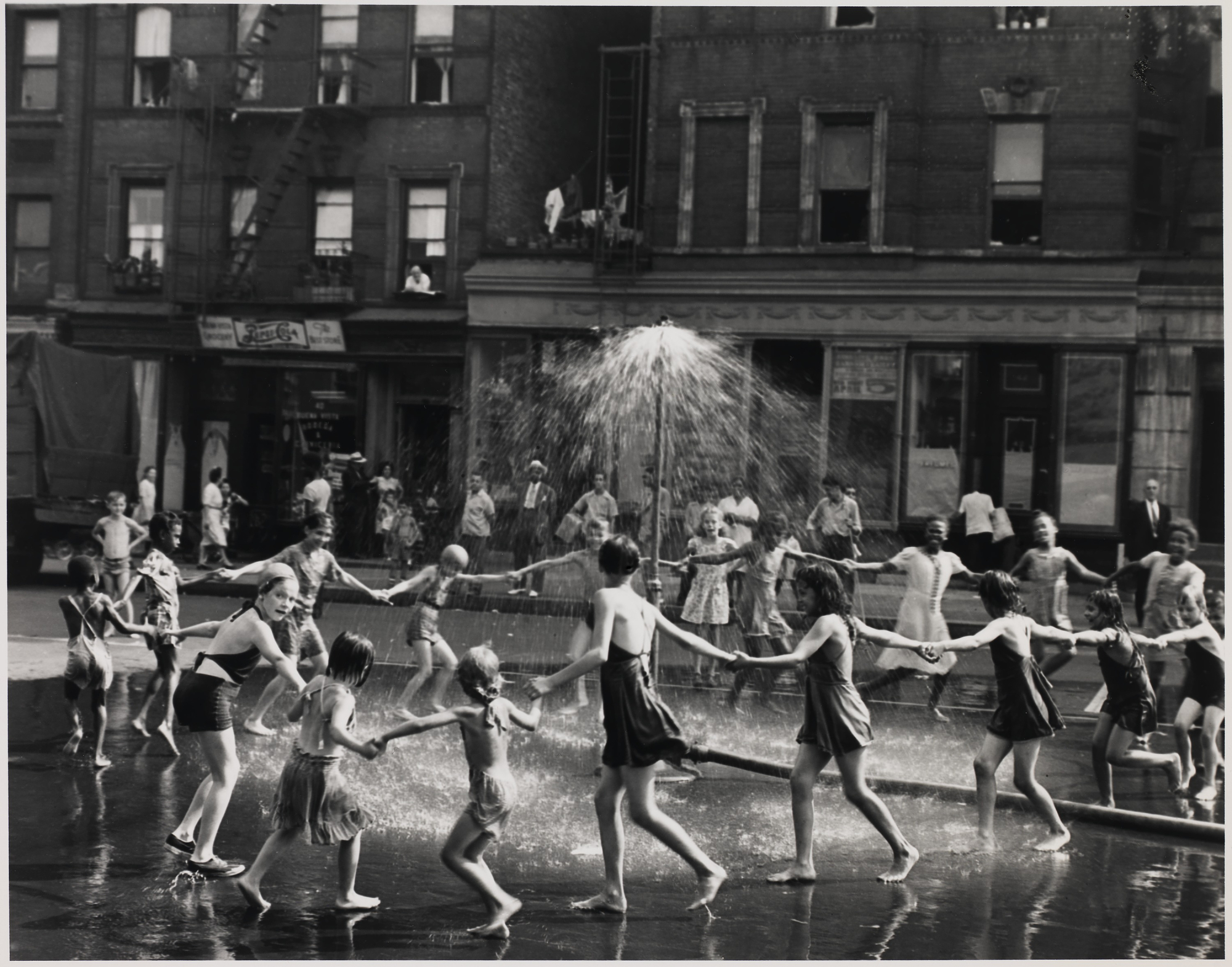
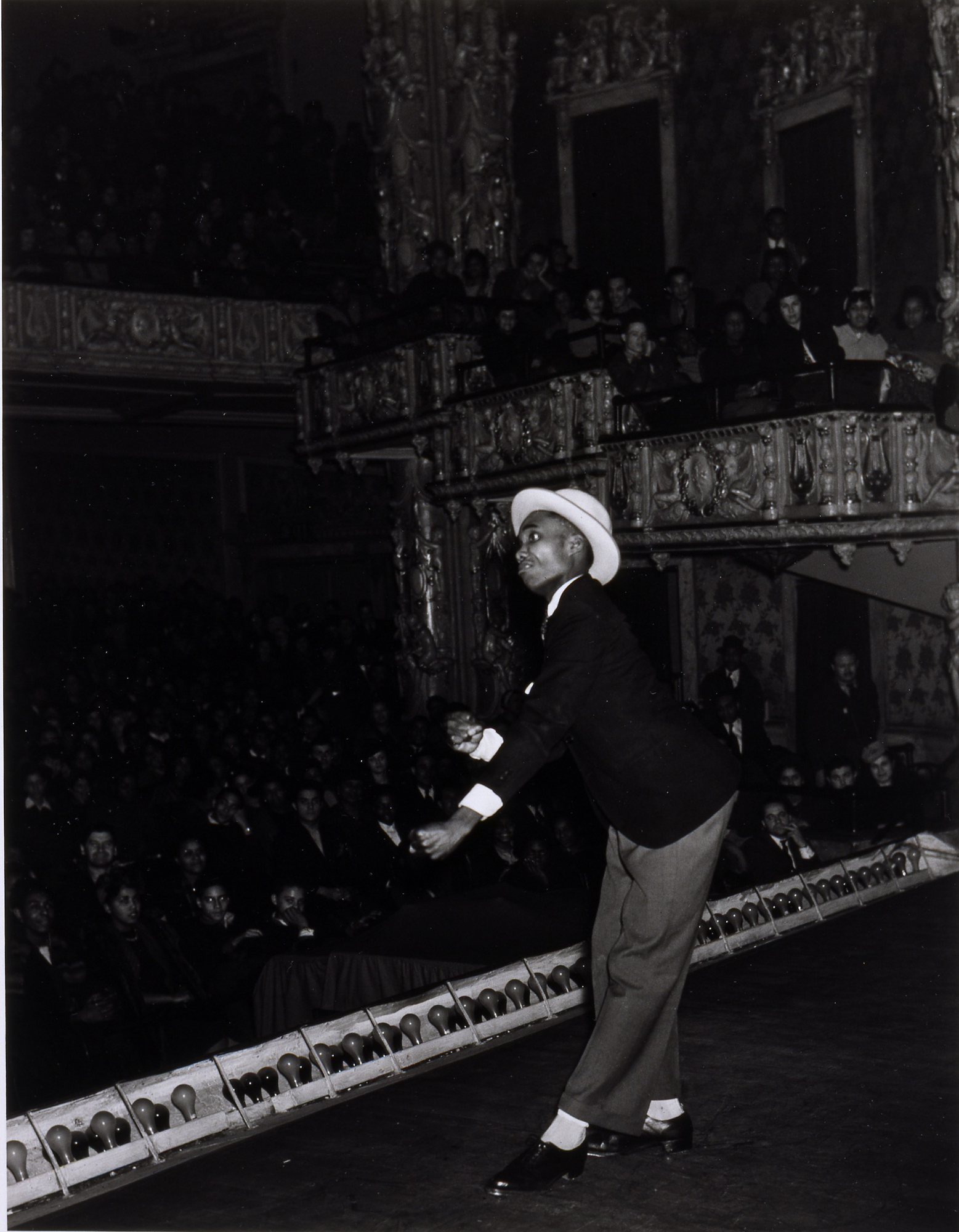
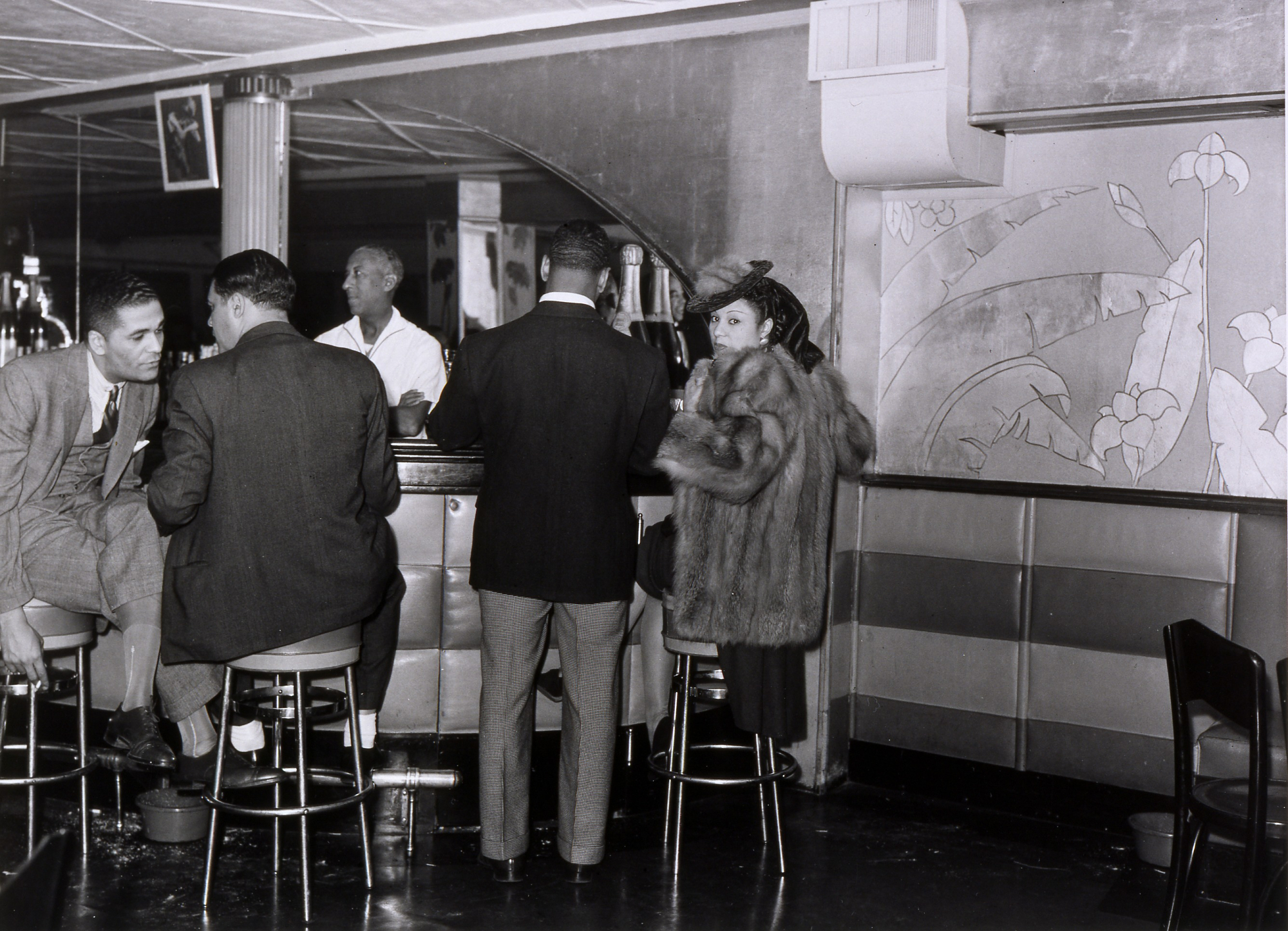
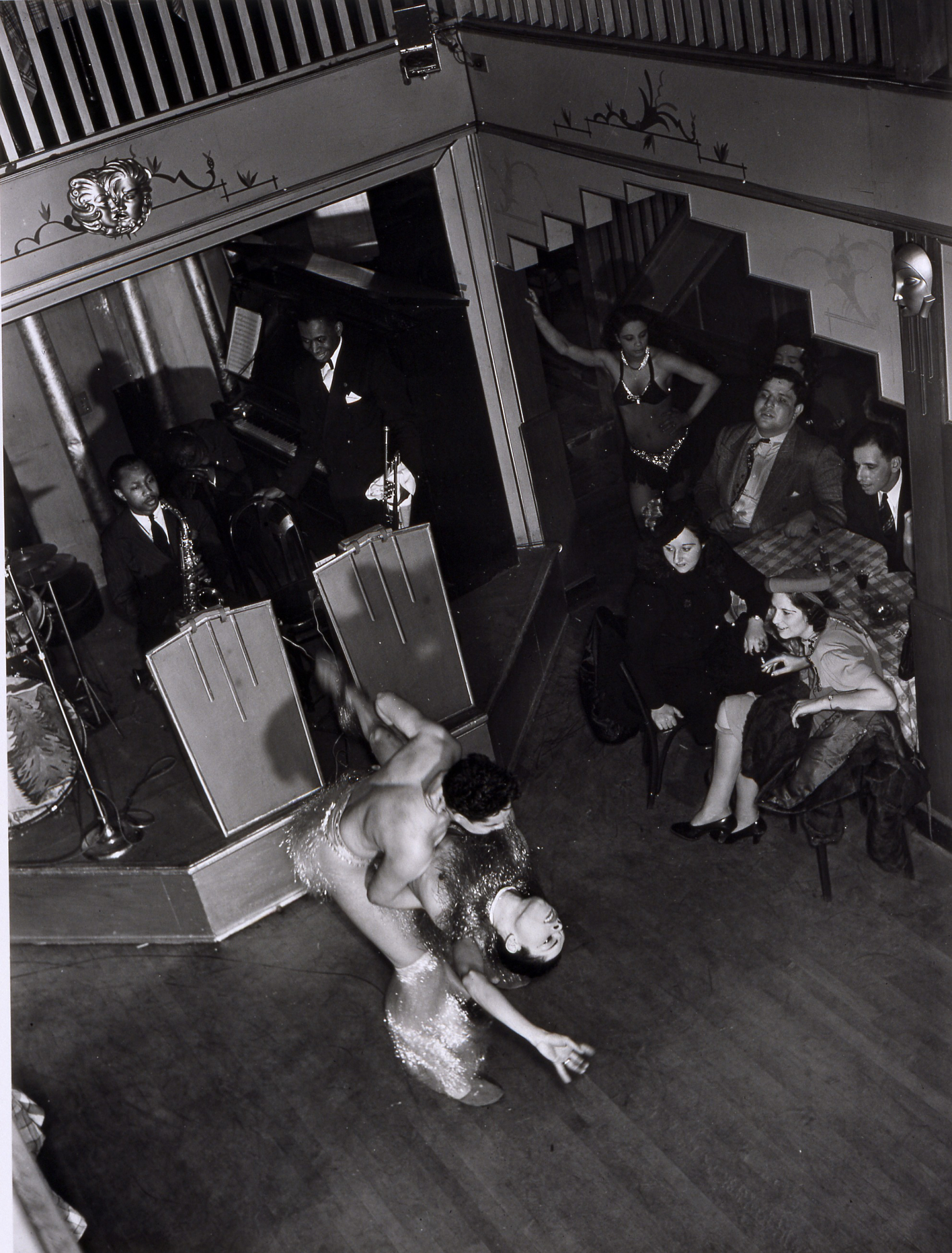
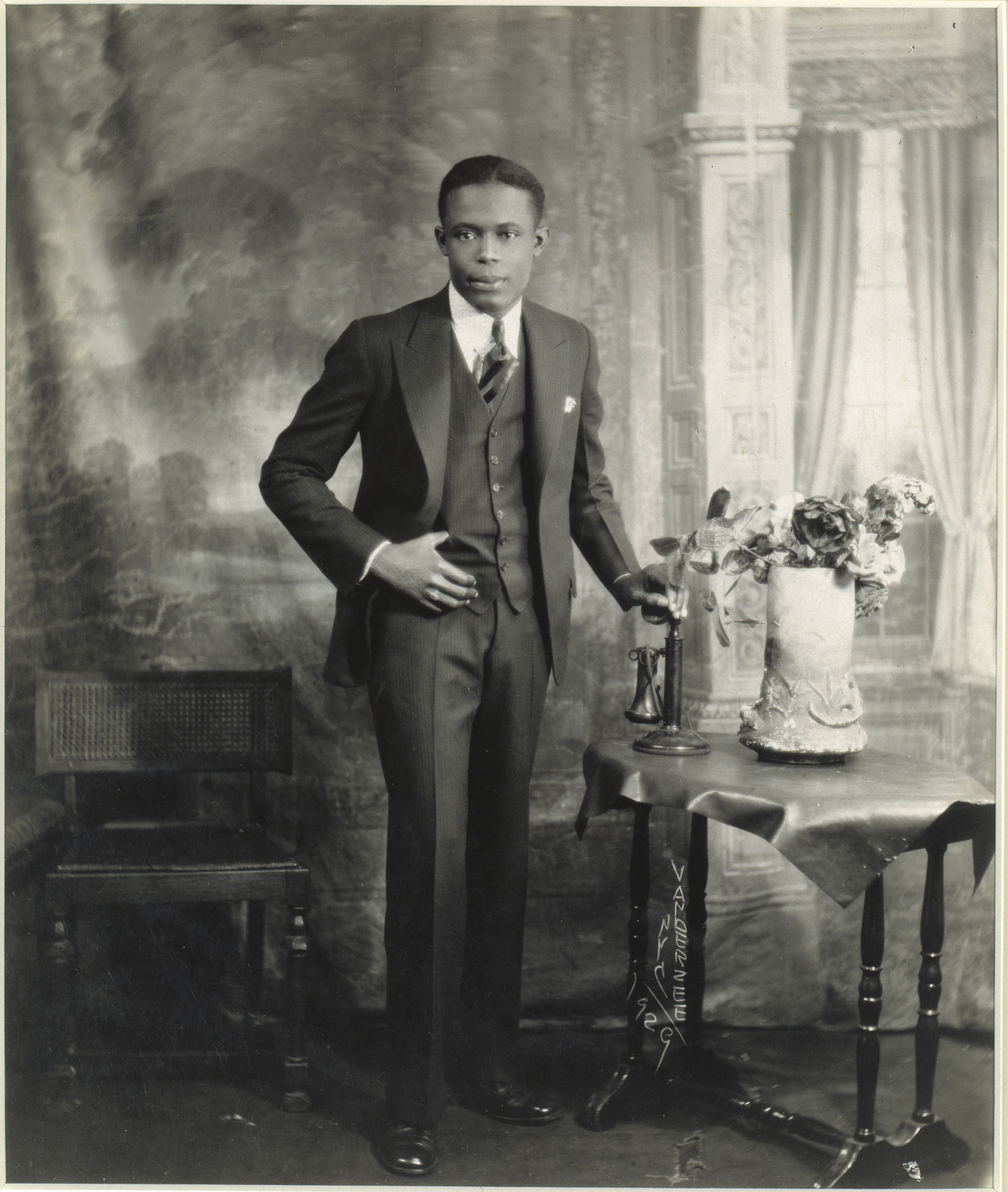

Want more information on Mikaila and what she’s up to?
Her AirBnB in NYC: https://www.airbnb.com/experiences/63398
Website: tctproject.com
Insta: @tctproject
Bio: Mikaila, affectionately called The Fashionologist (mainly by herself), is both a trained anthropologist and fashion designer. She presents to you Sidewalk Safaris by The Common Thread Project- where Mighty Mouse, Gucci sweaters and fedoras aren’t nearly as unrelated as they seem. There are many reasons people wear what they wear, ranging from their abuela’s penchant for religious paraphernalia to international foreign policy. Mikaila will tell these style stories using her training from Columbia University in ethnography, coupled with her extensive experience in the fashion industry.




